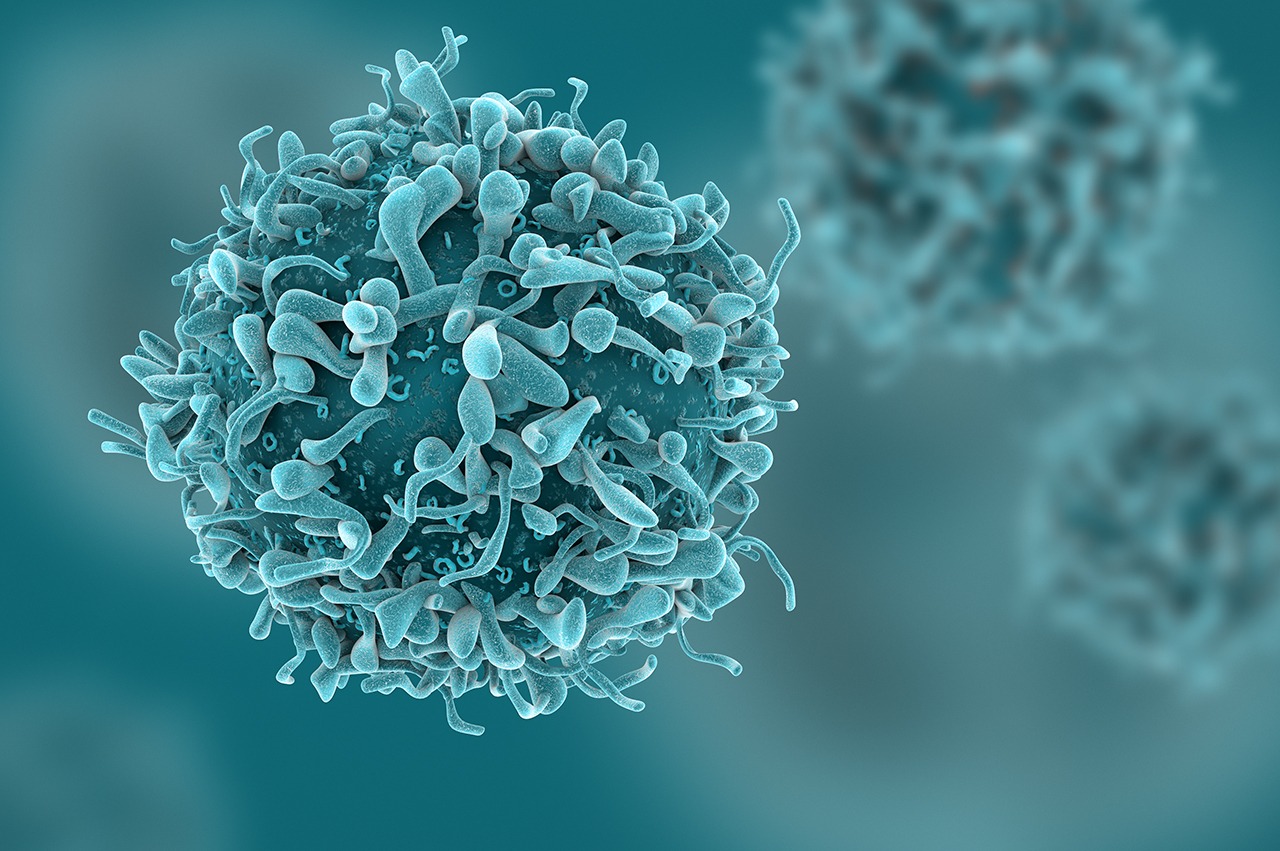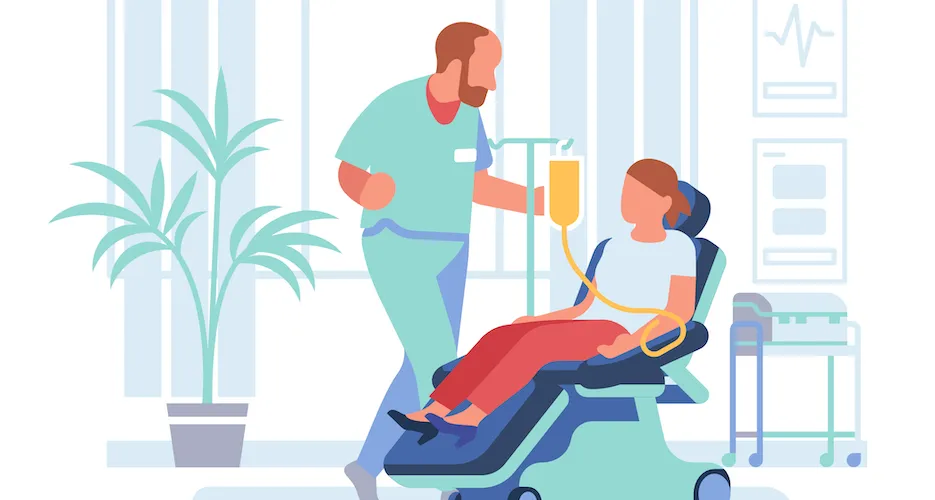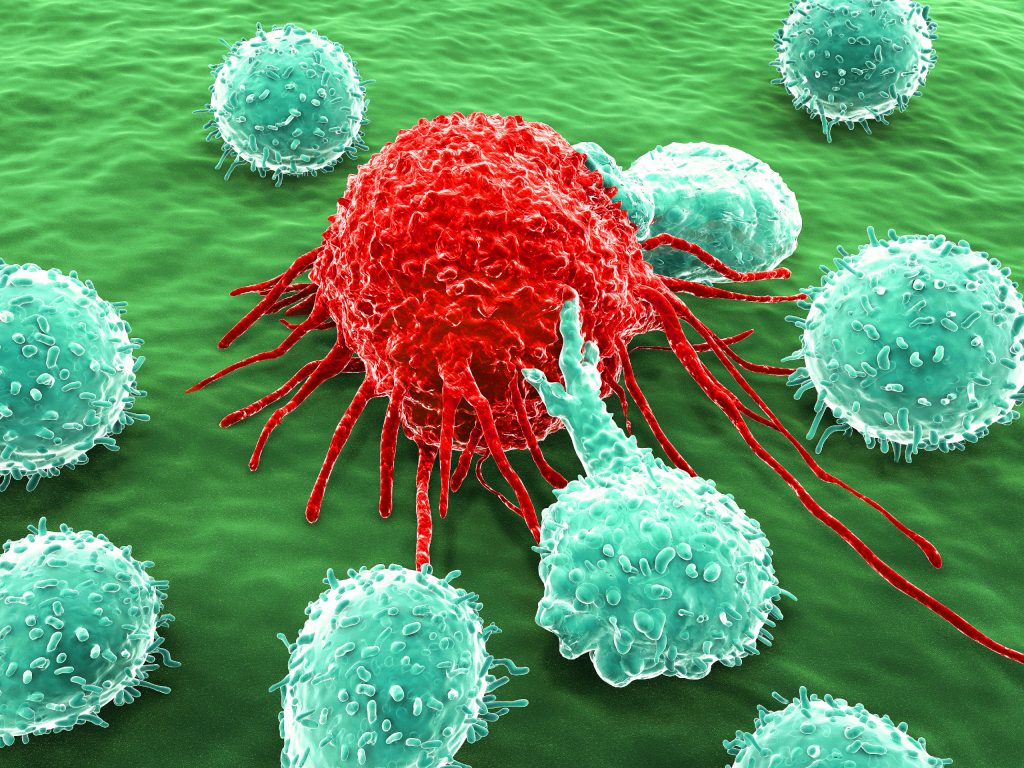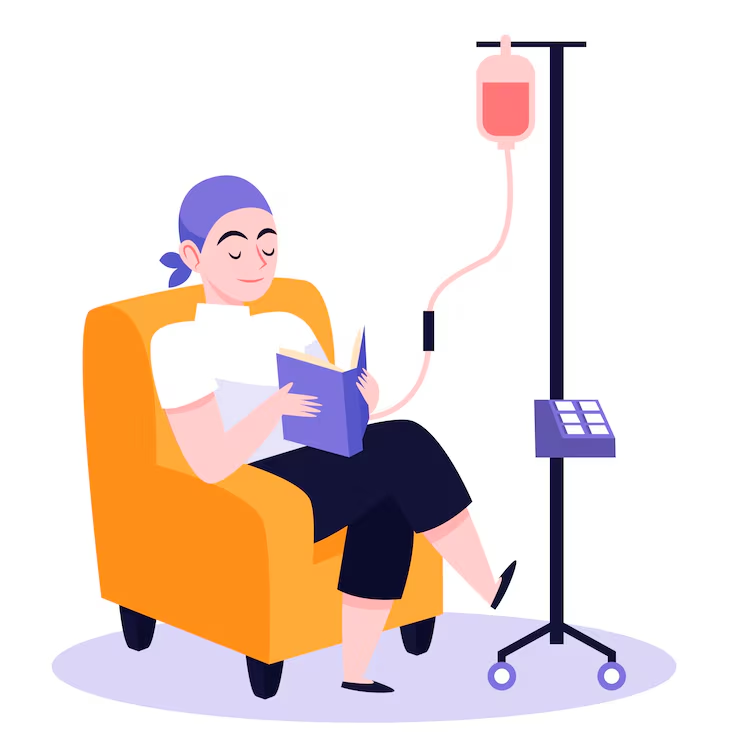
🩺 What Is Medical Oncology?

Medical oncology is a specialized branch of medicine that focuses on the systemic (whole-body) treatment of cancer using medications. Medical oncologists are specialist physicians who guide the patient’s journey from diagnosis through treatment and follow-up, tailoring therapy plans according to the type and stage of cancer as well as the patient’s overall condition.
Cancer is a complex disease that arises due to genetic mutations causing uncontrolled cell growth. These abnormal cells may invade nearby tissues or spread to distant organs (metastasis). The goal of medical oncology is to halt or slow the progression of the disease, reduce tumor size, and improve both survival and quality of life.
Medical oncologists work closely with surgical oncology and radiation oncology within a multidisciplinary approach, ensuring the patient receives comprehensive and individualized care.
🎯 Roles of a Medical Oncologist
- Develop personalized treatment plans based on cancer type, stage, and genetic features
- Monitor patient response and modify treatment as necessary
- Manage side effects and complications during therapy
- Provide patient and family education about treatment goals and options
- Coordinate post-treatment follow-up and survivorship care
💊 Main Treatment Methods in Medical Oncology

🔹 1. Chemotherapy
Chemotherapy involves the use of powerful drugs to destroy cancer cells or prevent them from dividing. It may be used for various purposes:
- Curative: To completely eradicate the cancer, especially in early stages
- Adjuvant: After surgery, to eliminate microscopic residual disease
- Neoadjuvant: Before surgery, to shrink tumors and improve outcomes
- Palliative: In advanced stages, to relieve symptoms and extend survival
How it’s administered:
Typically through intravenous infusion, though some drugs can be taken orally. Treatment is scheduled in cycles, allowing the body time to recover between doses.
Common side effects:
Hair loss, fatigue, nausea, vomiting, and immunosuppression. These effects are often temporary and can be managed with supportive care.

🔹 2. Targeted Therapy
Targeted therapies work by interfering with specific molecules or genetic mutations involved in cancer growth. Unlike chemotherapy, these drugs aim precisely at cancer cells, sparing most healthy tissues.
Examples include:
- Trastuzumab for HER2-positive breast cancer
- Erlotinib for EGFR-mutated lung cancer
- Anti-EGFR agents in KRAS/NRAS wild-type colorectal cancer
Advantages:
- Selective targeting
- Fewer systemic side effects
- Often available in oral formulations

🔹 3. Immunotherapy
Immunotherapies harness the body’s own immune system to recognize and attack cancer cells. They work by reactivating immune responses that cancer cells often suppress.
Indications include:
- Melanoma
- Non-small cell lung cancer
- Bladder cancer
- Renal cell carcinoma
- Head and neck cancers
Common agents:
- PD-1 inhibitors (e.g., nivolumab, pembrolizumab)
- PD-L1 inhibitors (e.g., atezolizumab, durvalumab)
Note:
Immunotherapies can cause autoimmune-like side effects such as colitis, thyroiditis, and skin rashes, which require close monitoring and prompt management.
🔹 4. Hormone Therapy
Certain cancers depend on hormones to grow. Hormone therapies block the body’s ability to produce these hormones or interfere with their action on cancer cells.
Primarily used for:
- Breast cancer (estrogen/progesterone receptor-positive)
- Prostate cancer
Examples of hormonal agents:
- Anti-estrogens (tamoxifen, aromatase inhibitors)
- Androgen deprivation therapies (GnRH agonists, anti-androgens)
🤝 Supportive Care and Follow-Up
Medical oncology takes a holistic approach, addressing not just the disease but the well-being of the entire patient.
Supportive Treatments May Include:
- Anti-nausea and anti-vomiting medications
- Immune-supporting agents (e.g., G-CSF)
- Anemia management (e.g., erythropoietin, iron supplements)
- Pain management and palliative care
- Nutritional counseling and supplementation
- Psychological support and counseling
Follow-Up Care:
After the completion of treatment, patients are followed at regular intervals to monitor:
- Tumor response
- Possible recurrence
- General health and quality of life
Follow-up tools may include blood tests, imaging studies (CT, MRI, PET-CT), and physical exams.
🟩 Conclusion: The Life-Saving Role of Medical Oncology
Thanks to advances in molecular diagnostics, targeted treatments, and immunotherapies, medical oncology has transformed cancer care in recent decades. With early detection and tailored treatment strategies, many cancers have become manageable, and in some cases, curable.
🔔 Remember: Every cancer case is unique. A personalized treatment plan developed and overseen by a qualified medical oncologist is crucial for optimal outcomes.



